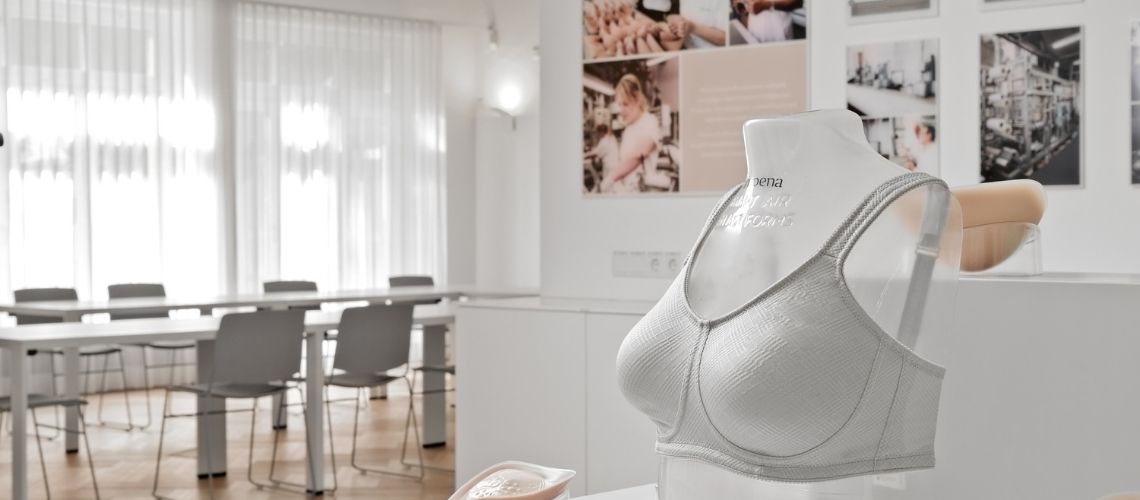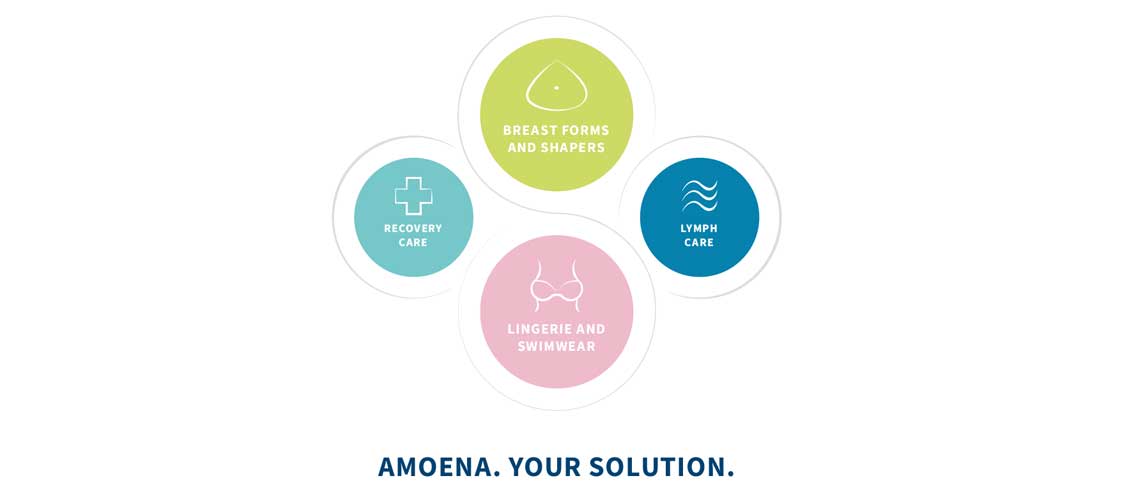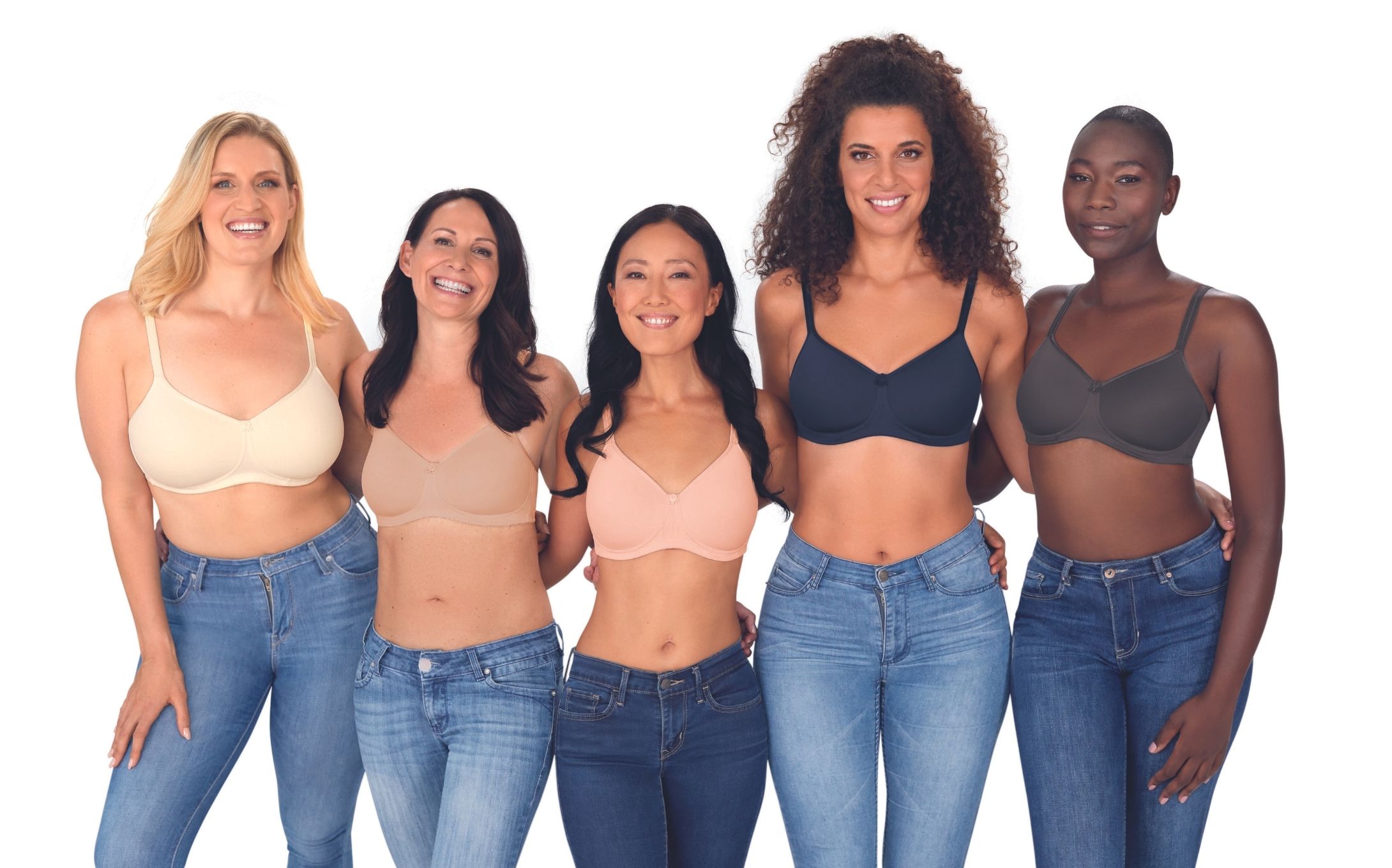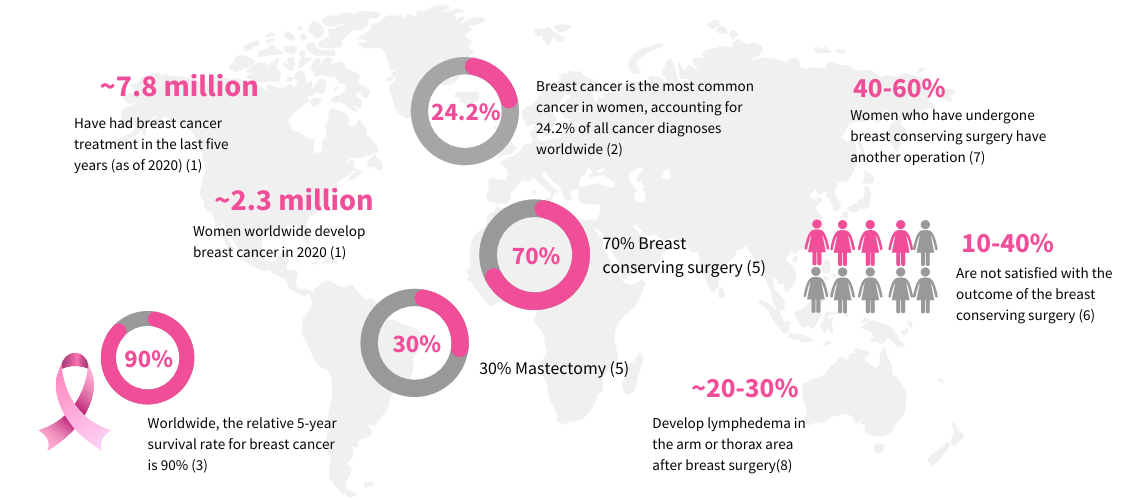Menu
OUR MOTIVATION
Our goal is to help women find a solution after breast surgery that restores their natural silhouette and feels as natural as possible. We want to increase their quality of life and support self-confidence.








